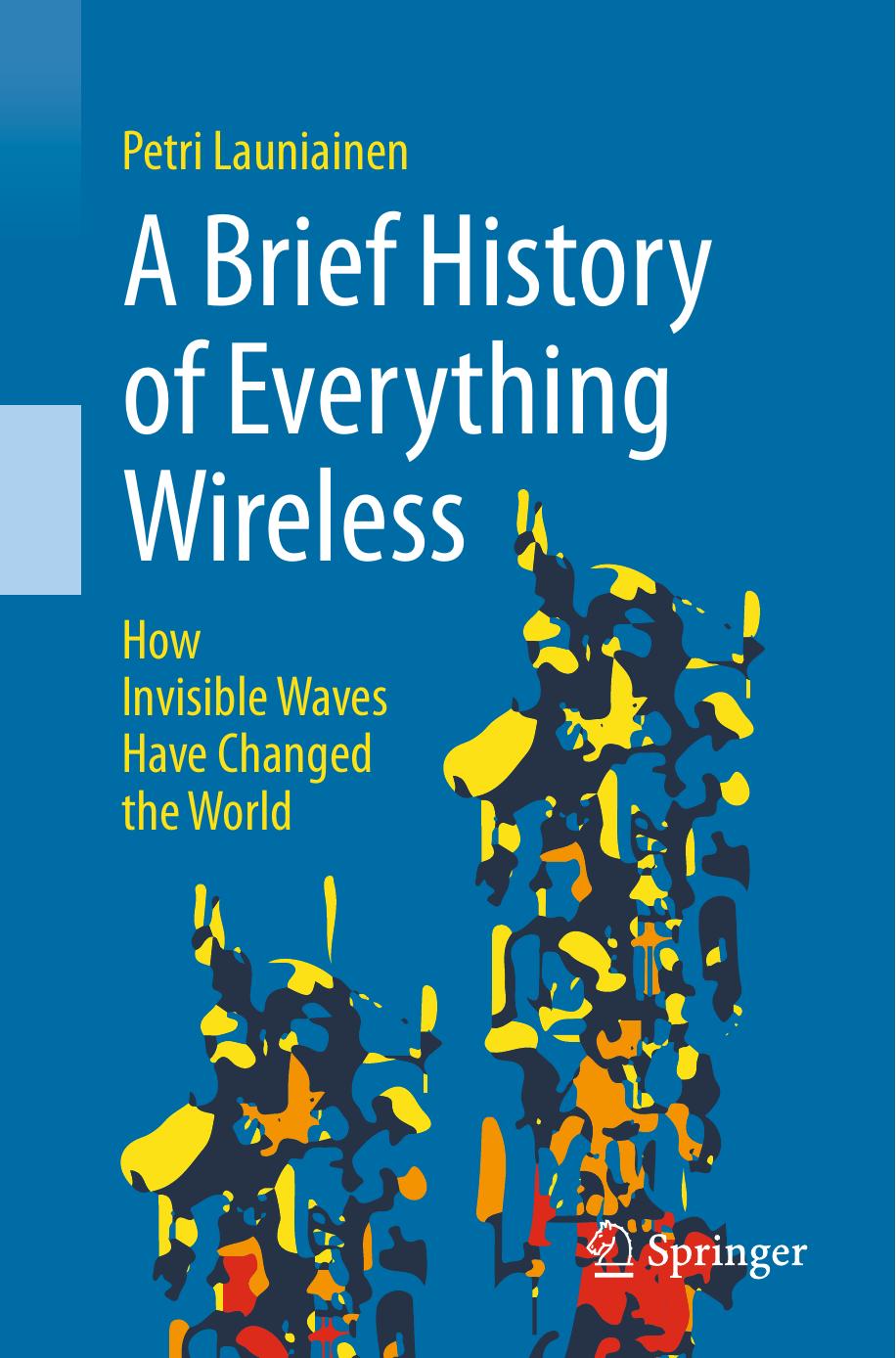A Brief History of Everything Wireless by Petri Launiainen

Author:Petri Launiainen
Language: eng
Format: epub, pdf
Publisher: Springer International Publishing, Cham
© Springer International Publishing AG, part of Springer Nature 2018
Petri LauniainenA Brief History of Everything Wirelesshttps://doi.org/10.1007/978-3-319-78910-1_9
9. The American Way
Petri Launiainen1
(1)IT & Telecoms Professional, BrasÃlia, Brazil
Petri Launiainen
Email: [email protected]
The huge success that followed the introduction of GSM, first in Europe and then globally, caused some anxiety amongst the American technology companies. Although the United States had managed to build a comprehensive first-generation analog network, the major shift to digital suddenly seemed to happen elsewhere: the growth of GSM- based networks was phenomenalâGSM networks were available in 103 countries only five years after the first commercial implementation.
The history of the migration to digital networks turned out to be quite different in the United States , mainly due to the great success of the first-generation nationwide analog network roll-out. Although the capacity of the first-generation AMPS network was rapidly used up, it did cover virtually all of the continental United States. This was an impressive achievement, both in terms of the physical area covered and the relatively short time it had taken to reach this point.
The amount of hardware and money needed to reach a similar situation with the new digital networks would be painstakingly huge.
As the digital expansion had to be done in stages and in parallel with the existing analog network, the operators needed phones that supported both the analog AMPS and the new digital networks in the same device. Hence, specially tailored analog/digital hybrid handsets had to be created for the US market to support this transition period.
This parallel existence of both digital and analog circuitry added complexity and cost to the handsets and initially took away the possibility of benefiting from the global economies of scale that were fueled by the digital cellular explosion internationally. As a result, it seemed like the most active pioneer of mobile technology had suddenly become trapped in its own early success.
As one of the first analog systems, AMPS suffered from all the usual problems: it was prone to interference and dropped calls, easy to eavesdrop, and was an easy target for subscriber cloning , in which non-encrypted subscriber information was intercepted off the air and used to initialize another phone. All subsequent calls with the cloned phone would then be charged on the account of the owner of the original phone.
To fight the cloning problem, some highly complicated countermeasures had to be taken. For example, the network had to be made aware of certain characteristics of the userâs phone model on the actual radio interface level so that it could be distinguished from another phone from a different manufacturer that was trying to use the same, cloned identity. This was a kludge at best, sometimes causing a false alarm and cutting a totally legal customer off the network.
All this extra hassle made it look like the country that had invented the cellular phone concept seemed to be losing the game to a new European digital standard, and to make it look even worse, GSM was not a result of a single, innovative company, but
Download
A Brief History of Everything Wireless by Petri Launiainen.pdf
This site does not store any files on its server. We only index and link to content provided by other sites. Please contact the content providers to delete copyright contents if any and email us, we'll remove relevant links or contents immediately.
Invention by James Dyson(725)
Thinking Better by Marcus du Sautoy(683)
The Ten Equations That Rule the World by David Sumpter(674)
Concepts of Space by Jammer Max;(656)
God and the Multiverse by Victor J. Stenger(632)
Wanting by Luke Burgis(627)
Merchants of Doubt by Erik M. Conway(626)
How We Got to Now by Steven Johnson(602)
Factfulness by unknow(562)
The Surrender Experiment by Michael A. Singer(541)
The Smallest Lights in the Universe by Sara Seager(514)
On Creativity by Bohm David(491)
Floods, Famines, and Emperors: El Nino and the Fate of Civilizations by Brian Fagan(482)
Ancient Knowledge Networks by Eleanor Robson;(480)
Why Birds Matter by University of Chicago Press(472)
The Science of Being Lucky: How to Engineer Good Fortune, Consistently Catch Lucky Breaks, and Live a Charmed Life by Peter Hollins(463)
The Scientist and the Psychic by Christian Smith(463)
The Oxford Handbook of Philosophy of Mathematics and Logic by Stewart Shapiro(453)
Flood by Design (Design Series) by Mike Oard(428)
